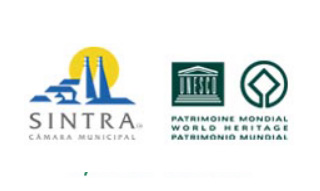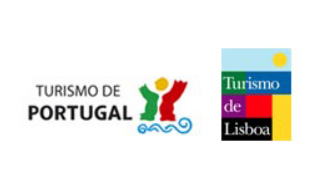Sintra's Natural History Museum is located in the historic centre of Sintra's Old Town, on Rua do Paço, in a 19th century building (1893, more specifically). It houses an ongoing public exhibition which emerged from the collection belonging to Miguel Barbosa and his wife, Fernanda Barbosa, who, for over 50 years built a unique collection comprising thousands of fossils of incalculable cultural and scientific value.
In addition to the permanent exhibition room, this museum boasts a temporary exhibition room equipped to host different types of shows and events, a reserve collection and laboratory for the handling and study of objects, a specialist documentation department and a shop and cafeteria. The dynamic exhibition space offers equipment and furnishings steeped in modernity and makes good use of new technologies.
The Education Service emerged from the same concept and takes the public exhibition as a starting point to tell the story of the formation of primitive earth and the changes it underwent over the course of millions of years throughout the different geological periods; from the Precambrian Period to the Quaternary Period, showing the whole of the evolution of life through the municipal collections of palaeontology, mineralogy, malacology and petrography which originate from various parts of the world.
The establishment of this museum owes its origins to the millions of specimens of incalculable value and huge scientific significance donated to the Sintra Town Hall by the collectors, Miguel Barbosa and his wife Fernanda Barbosa, who built up the collection over decades.
The unit boasts a number of different areas which are open to the public for its enjoyment on recreational, educational and scientific levels.
The aim of this facility was to equip Sintra with yet another centre of outstanding cultural importance which would fulfil the need to house in a credible, appropriate, adequate and public place all the collections of palaeontology, mineralogy, malacology, petrography belonging to the Sintra Town Hall.
It should be noted that this is the fourth Natural History Museum in the greater Lisbon region but it is the most modern and the most universal in terms of the origin of its objects, which span every continent.
Among over 10,000 fossils at the museum, the superb trilobites collection and a few rare and very well preserved dinosaur specimens deserve a special mention. There is also the great beauty of minerals which includes specimens in their natural state as well as cut and polished ones - which is a top attraction for local and foreign visitors. In the Malacology collection, the bivalves and some gastropods from various sources are standout features. Finally, in the petrography collection you will find examples not only of the main rocks found in Portugal but also (due to their rarity and significance) rocks from space or so-called meteorites, focusing particularly on the famous Nantan Meteorite (China) whose
Impact on earth is mentioned in documents dating back to the 16th century.
Nevertheless, the major star of the museum, in other words, its main feature, consists of a flying reptile, a Braseodactylus sp. which comes from Chapada do Araripe (Ceará, Brazil). It has been the subject of studies by the Geology Department of Karlsruhe's Natural History Museum in Germany and is considered to be the only one of its kind as well as the only intact example in the world.
Museu de História Natural de Sintra
Rua do Paço, 20
São Martinho
2710-602 Sintra, Portugal
Tel: +35121923 8563
Fax: +35121923 8520
Email: museu.hnatural@cm-sintra.pt
10.00h - 18.00h
Last admission - 1h before closing
Closed on Monday and holidays
Disabled access
Bookable guided tours
Shop
Panoramic views
Toilet facilities
Air conditioning
Security/ Surveillance
Entertainment Activities:
School workshops
Documents: The Museum


 Português
Português
 English (UK)
English (UK)






